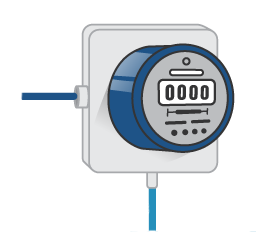
Most people know that solar power works only when the sun shines. This means if you want to use solar energy for all your electricity needs, you have to make a lot more during the day to cover what you use at night. In places like California where solar power is popular, there’s too much power during the middle of the day. The change from NEM 2.0 to NEM 3.0 is meant to encourage using batteries to deal with this extra power on the grid.
NEM 2.0 was like a trade where if you made extra power with solar panels during the day, you could put it on the grid and get credits to use later.
NEM 3.0 works differently. If you use the solar power right away when it’s made, it’s worth the same as what you’d pay the electric company. But if you send extra power back to the grid, the electric company pays you a lower rate for it. So, if your solar panels make more power than you use, the electric company buys it cheap, and then you have to buy it back at the regular price when you need it at night.

Batteries stand at the forefront of solar energy storage, the implementation of Vnem 3.0 now necessitates their installation on sizable solar projects. This addition of batteries significantly amplifies the overall cost of your solar system, not only for the batteries themselves but also for the expenses associated with integrating them into your infrastructure. Now your solar setup becomes a notably pricier investment than anticipated.
However, there is a silver lining. Pacific Coast Power offers a solution where we absorb the expenses related to integrating batteries into your solar system design. When designing your custom system, we cover the costs of both batteries and solar. We undertake all financial risks associated with providing discounted renewable energy to your community even under the new VNEM rules.